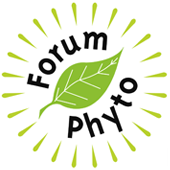Science citoyenne mode UK
A guide to citizen science has recently been published in the UK, as it is acknowledged that it is increasingly being used to collect data on invasive alien species. This publication is based on conclusions from a comprehensive report reviewing more than 200 citizen science projects from the UK and around the world. In this guide, the term citizen science is defined as: ‘volunteer collection of biodiversity and environmental information which contributes to expanding our knowledge of the natural environment, including biological monitoring and the collection or interpretation of environmental observations’. Advice on the different steps of the elaboration of a citizen science project is also provided, as follows:
– Before starting: is citizen science the best approach? Choosing a citizen science approach; citizen science flowchart.- First steps: establish project team; define project aims; identify funding and resources; identify and understand target participants.
– Development phase: design the survey or scheme; consider data requirements; consider technological requirements; develop supporting materials: test and modify protocols.
– Live phase: promote and publicize the project; accept data and provide rapid feedback.
– Analysis and reporting phase: plan and complete data analysis and interpretation; report results; share data and take action in response to data; evaluate to maximize lessons learned.
Source: Tweddle JC, Robinson LD, Pocock MJO & Roy HE (2012) Guide to citizen science: developing, implementing and evaluating citizen science to study biodiversity and the environment in the UK. Natural History Museum and NERC Centre for Ecology & Hydrology forUK-EOF. 29 p.
http://www.ukeof.org.uk/documents/guide-to-citizen-science.pdf
